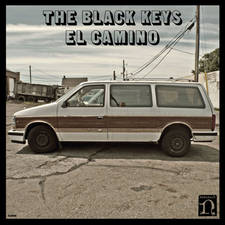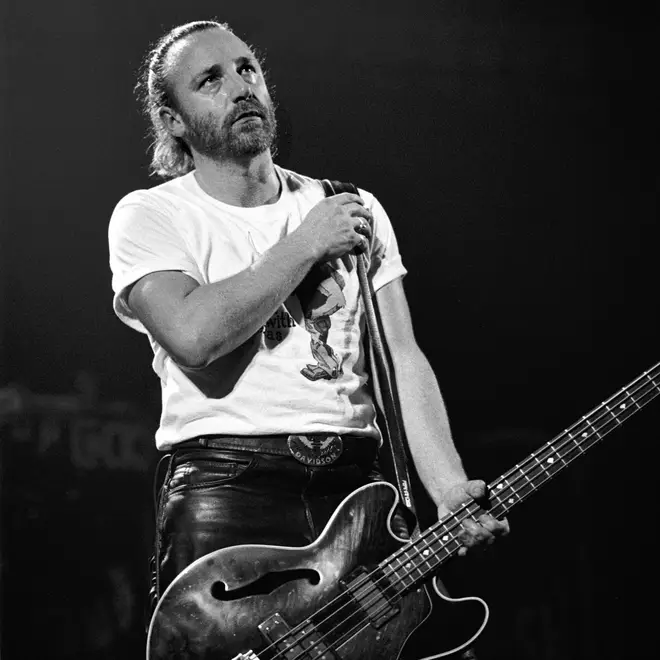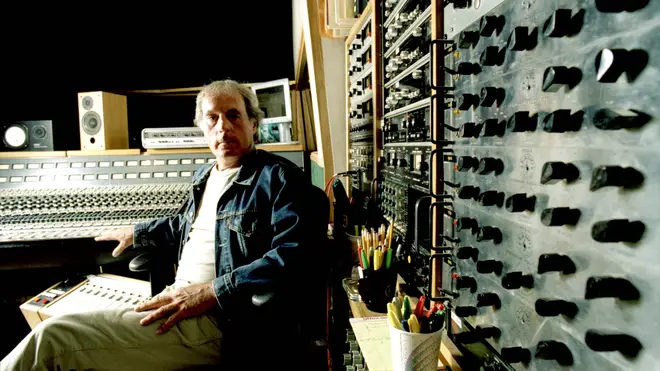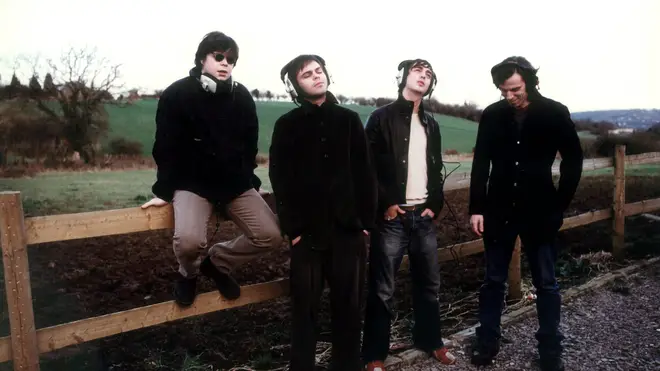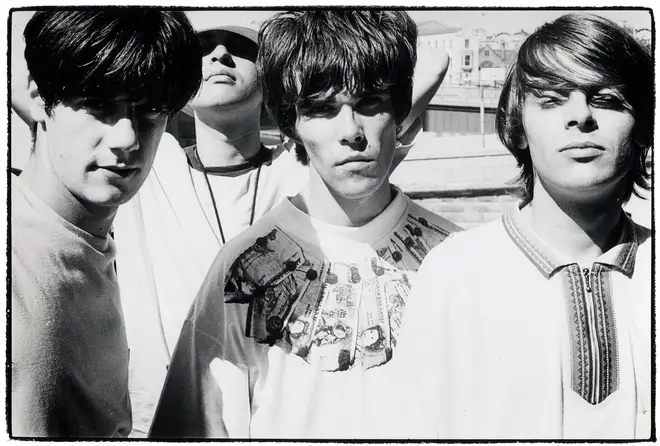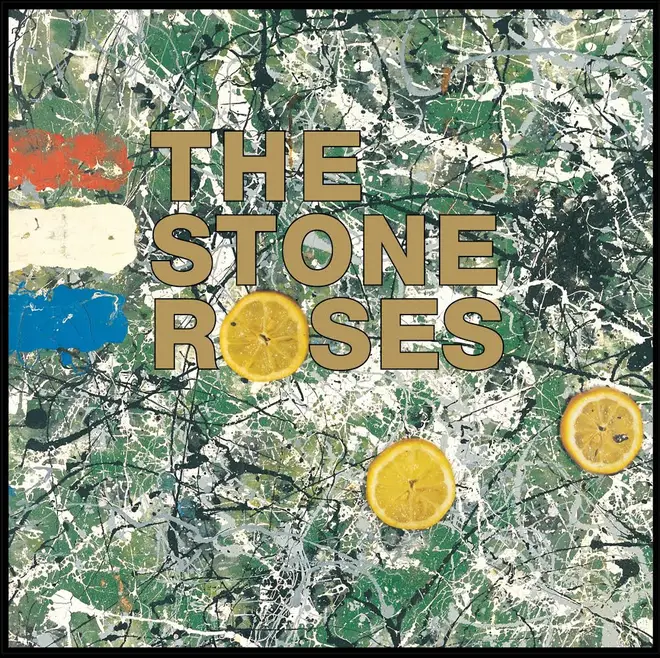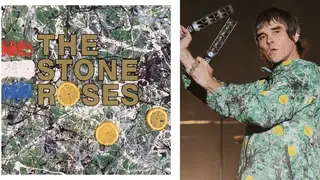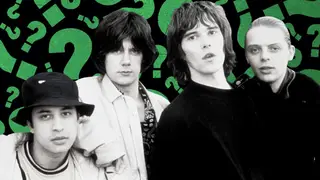10 things you didn’t know about The Stone Roses’ classic debut album
17 July 2023, 18:04 | Updated: 29 January 2024, 17:04
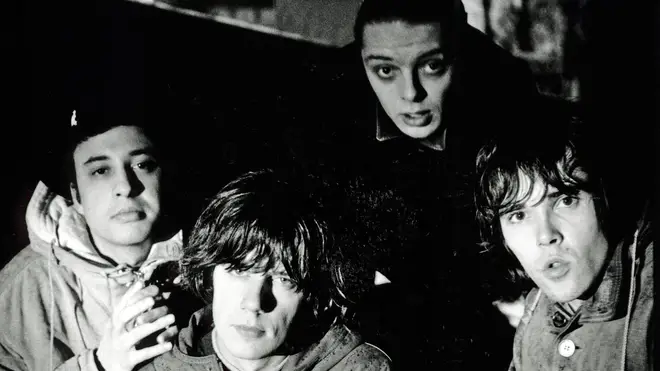
Radio X takes a look behind the masterpiece delivered by Ian Brown, John Squire, Reni and Mani.
The Stone Roses released their debut album at the beginning of May 1989. It was an instant classic and was a huge success in the indie chart, but only made Number 32 on the national charts on 13 May 1989. The album achieved its highest position on its original release - Number 19 - on 3 February 1990.
The highest the album ever got was No 5 in 2009, 20 years after it first hit the shops!
Here are some of the things you probably didn't know about this iconic record...
-
Ian Brown didn’t really want to be adored
Brown told Clash Magazine in 2009 that he was trying to say: “If you want to be adored, it's like a sin, like lust or gluttony or something like that.”

The Stone Roses - I Wanna Be Adored
-
Peter Hook was originally supposed to produce the album
The New Order bassist was at the mixing desk for the Roses’ first single for the Silvertone label, Elephant Stone. However, he had to head off to Ibiza to record New Order’s long-awaited album Technique, which Factory Records needed urgently to pay some of their debts from owning the Hacienda club.
Peter Hook performs with Revenge in Amsterdam, 1990. Picture: Frans Schellekens/Redferns/Getty Images -
Who did actually produce The Stone Roses’ debut album?
John Leckie started his production career as a tape operator at Abbey Road studios in early 1970, meaning he worked on both John Lennon and George Harrison’s first post-Beatles albums. Leckie became a freelance producer in 1978, twiddling the knobs for The Human League, Simple Minds and Public Image Ltd. The year he worked with The Stone Roses, Leckie had also produced some tracks for the first album by The La’s, which were ultimately not used.
John Leckie, photographed in Los Angeles in 2003. Picture: Wendy Redfern/Redferns/Getty Images -
Where was The Stone Roses’ debut album recorded?
The LP was recorded partly at Rockfield Studios in Wales (where Queen recorded Bohemian Rhapsody), Konk studios in Hornsey (owned by The Kinks) and Battery Studios, formerly known as Morgan Studios in Willesden, where Paul McCartney had secretly taped some of his first solo album in 1970.
Supergrass enjoy the peace and quiet of the Monmouthshire countryside as they record their album Life On Other Planets at Rockfield in 2002. Picture: Martyn Goodacre/Getty Images -
Some of the songs on the album date as far back as 1985
In those days, the band were signed to Thin Line Records. The Roses recorded some demos with the legendary producer Martin Hannett, the man behind the sound of Joy Division. Included in the sessions were versions of I Wanna Be Adored and This Is The One.
The Stone Roses in Manchester, July 1989: Ian Brown, John Squire, Mani and Reni. Picture: Joe Dilworth/Photoshot/Getty Images -
What’s the correct track listing of the Stone Roses’ debut album?
Stupid question? Well it's not always as simple as it seems. Fool’s Gold also wasn’t on the original album - it was issued as a double A-side in November 1989, over six months after the LP, and was added to later issues of the record.
The track listing of the original vinyl edition of The Stone Roses was:
Side 1:
- I Wanna Be Adored
- She Bangs The Drums
- Waterfall
- Don’t Stop
- Bye Bye Badman
Side 2:
- Elizabeth My Dear
- (Song For My) Sugar Spun Sister
- Made Of Stone
- Shoot You Down
- This Is The One
- I Am The Resurrection

The Stone Roses - She Bangs the Drums
-
Who designed the album cover?
The Roses’ artwork was painted by guitarist John Squire, who also customised the band’s equipment. The name of the painting on the sleeve also gave name to a song: Bye Bye Badman. The lemons were included on the cover art as a further reference to the song: the lyrics are about a documentary Squire and Brown watched about the student riots in Paris in May 1968. The students would suck on lemons to combat the effects of the tear gas the police were using.
The Stone Roses debut album cover. Picture: Press -
Where was the photo on the back cover taken?
The photo of The Stone Roses performing was shot during the band’s performance on the TV show The Other Side Of Midnight, hosted by Mr Manchester himself, Tony Wilson.

The Stone Roses Waterfall Live The Other Side Of Midnight
On the 15 January 1989 episode, Wilson introduced a band that he had, until this point, “seriously disliked” for their “rock ’n’ roll stance”. After hearing their Elephant Stone single, he changed his mind.
He said: “’89 begins, then, with a complete admission of error on my part - big apologies.” And then The Stone Roses played Waterfall. For many music fans, it was their first exposure to the group. Keep an eye out for Cressa, the Roses’ own Bez, dancing away in the background.
-
I Am The Resurrection is based on a Beatles riff
The bass line was inspired by the classic 1966 Fab Four track Taxman, written by George Harrison. Reni told Clash Music: “Mani would play the riff backwards during sound-checks and we played along over the top for a laugh. Finally we said, Let’s do this joke song properly and see what happens.”

The Stone Roses - I Am the Resurrection
-
The backing track to Don’t Stop is rather familiar
It’s actually the previous song, Waterfall, played backwards, with Ian Brown singing the new lyrics over the top.

The Stone Roses - Don't Stop (Audio)
-
The music press thought hip hop and The Cure were better
In December 1989, NME listed The Stone Roses as the second best album to come out that year: No 1 was De La Soul’s 3 Feet High And Rising (which is still an excellent record). Melody Maker, the other big music weekly, had the LP in fourth place - after The Cure’s Disintegration, Doolittle by Pixies and Kate Bush’s The Sensual World!
